Honourable Mention: Rack mount Gear
We thought it’d be worth mentioning rack mount guitar gear. While it’s a cool alternative to a traditional amp, some might argue that it’s not that dissimilar in terms of practicality. But it undeniably has its own merits.
You’ll see lot of pro guitarists and gigging musicians using rack mounted equipment because it’s uniform and easy to transport everything in one go. Preamp, power amp, cab sim, FX — you name it — there’s a chance it’ll fit neatly into a single rack mount case.
Preamp vs. Power Amp vs. Cab Sim
A preamp is an essential component of any ampless rig. It’s what largely shapes the core of your tone. If you intend to use your rig with a guitar cabinet or passive loudspeaker, a power amp is a necessity.
If, however, you want to go fully ampless (i.e. no cabinet) then a cab sim is crucial. Without it, your tone may sound raw and unnatural. The sound of a cab plays a major role in your overall sound.
Many manufacturers combine variations of these three components. Strymon’s Iridium (below) combines 3 modelled preamp sounds with 9 guitar cabinet impulse responses, while Orange’s Terror Stamp packs a valve preamp and solid-state power amp into a pedal-sized enclosure. There’s plenty on the market and we expect there’s more on the way…

Ampless Pedalboards vs. Multi-FX Units vs. Rack Mount Gear
So we’ve dissected the options for your ampless rig — which one will suit you best?
The idea of the ampless pedalboard is the one that’s gaining the most traction. Multi-FX units and rack mounted rigs have been around for decades, and remain popular. But the ampless board is the flavour of the month (at the time of writing, at least)!
The ampless pedalboard offers you full control, right in front of you at your feet. This is an attractive prospect for guitarists who like to tweak in real-time, whether live or in the studio. The same could be said for multi-FX; it may require a bit more menu-diving, but the plus side is you’ll probably have plenty more options to choose from.
The rack mount gear option is the outlier, but attractive for gigging guitarists. Easy connectivity, consistent sound and no corner-cutting. These are fully-fledged guitar rigs in the traditional sense, but without the associated hassle.




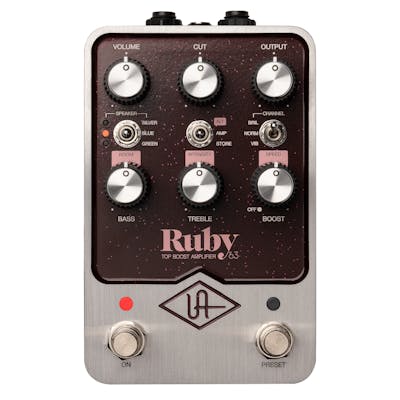
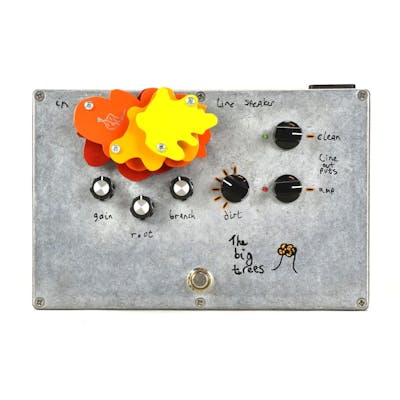
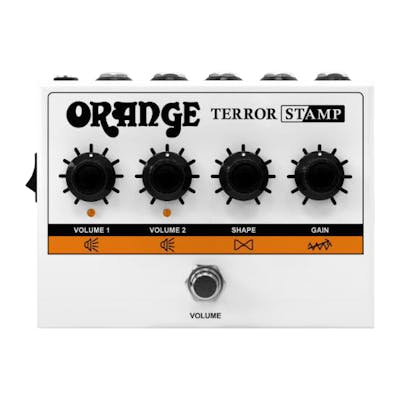
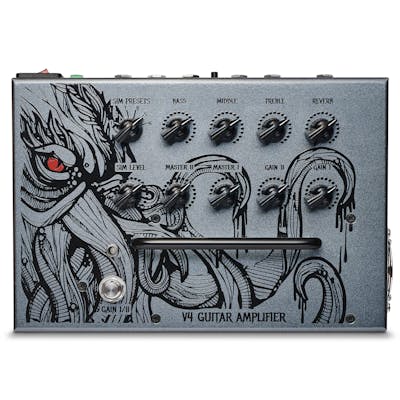

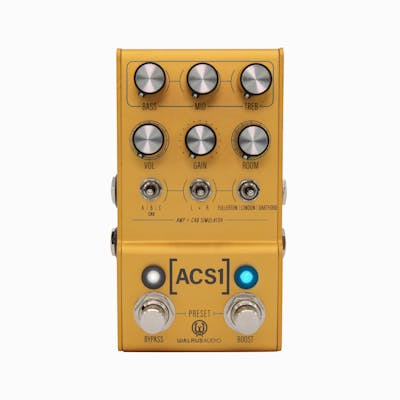
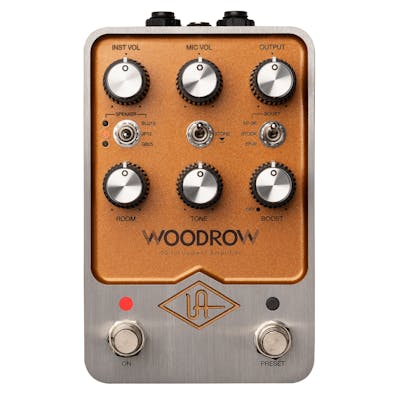
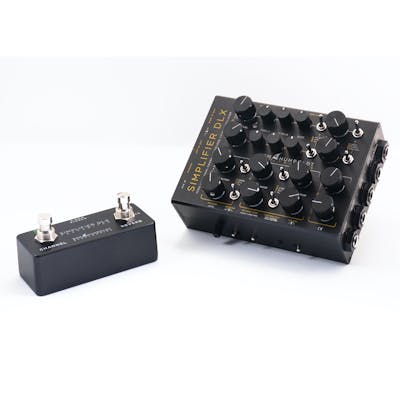
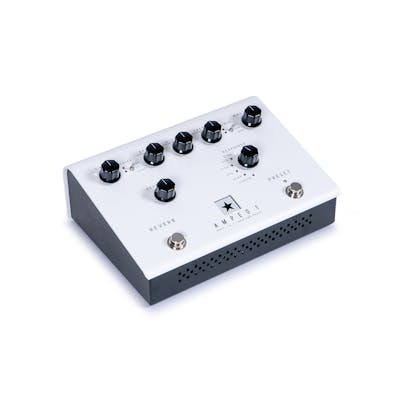
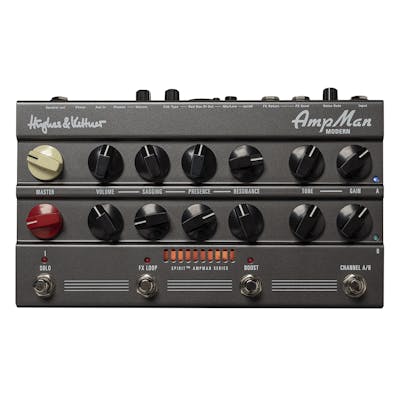
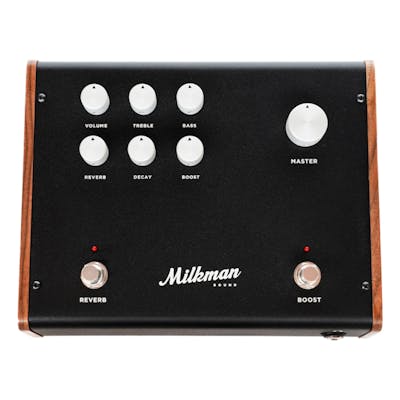
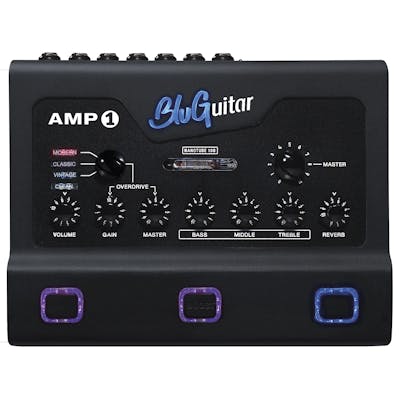
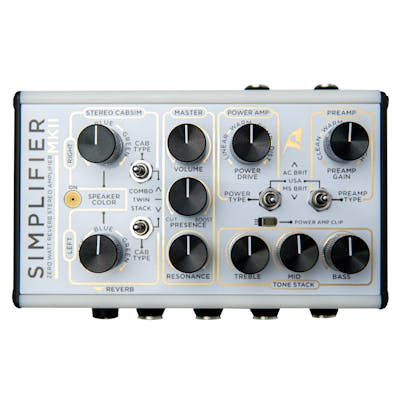
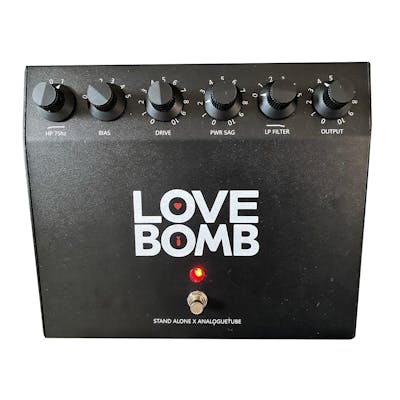
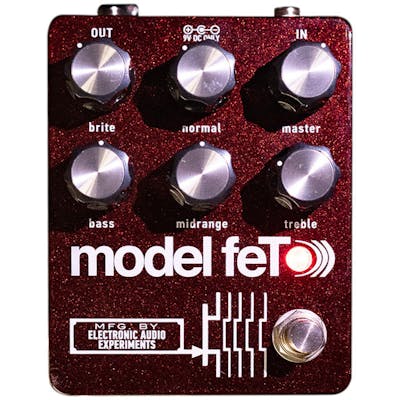
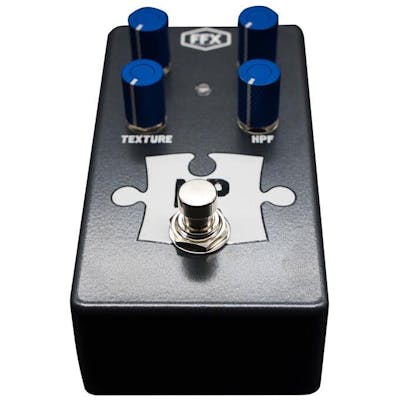
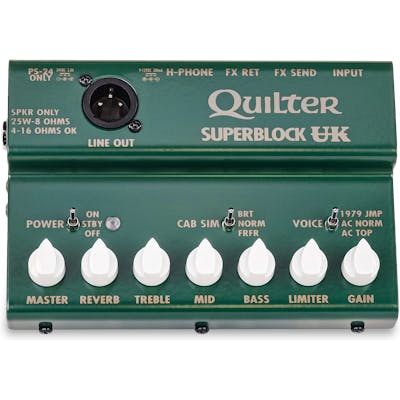

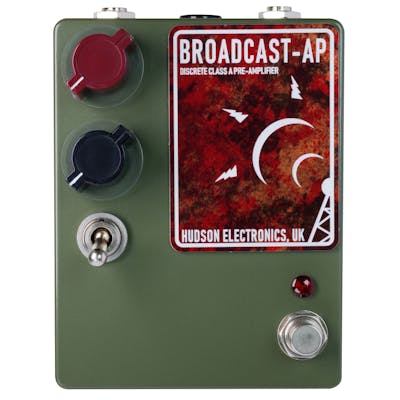
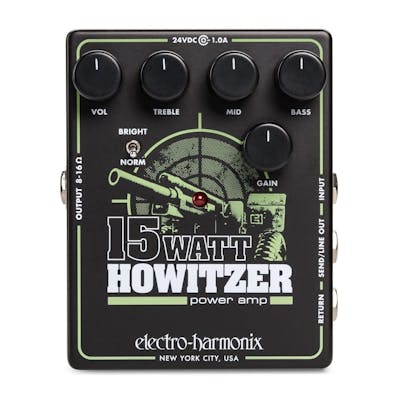
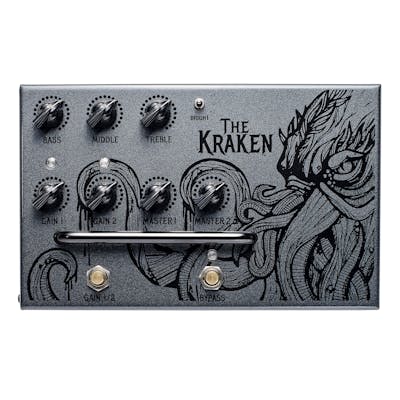
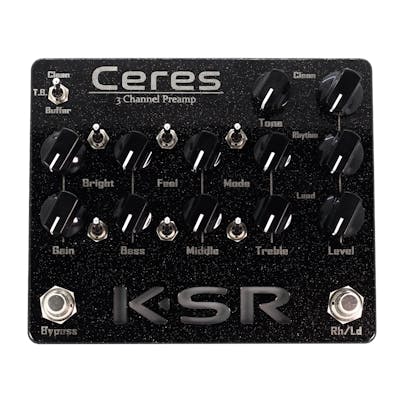
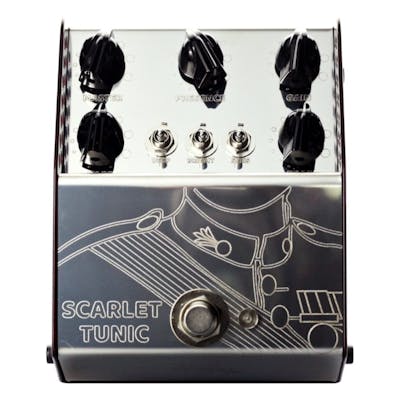
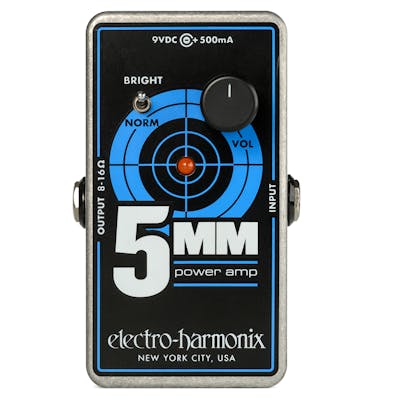

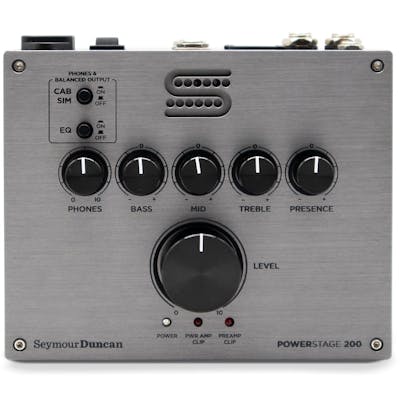
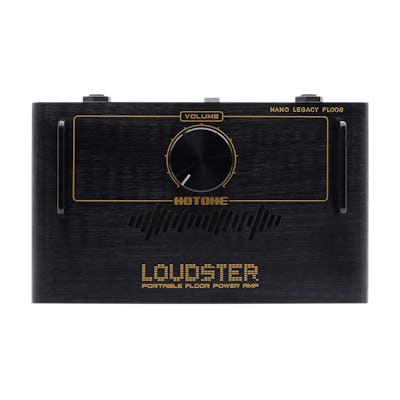
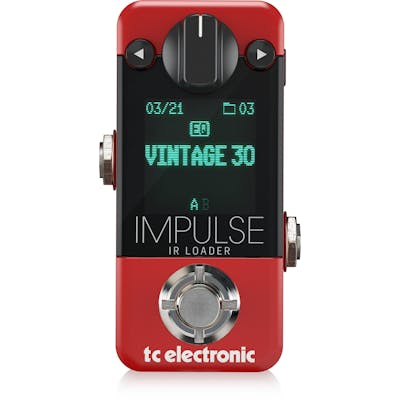
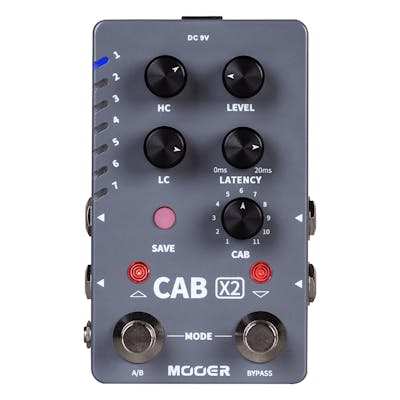
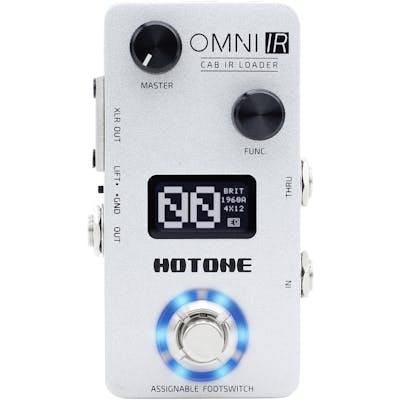

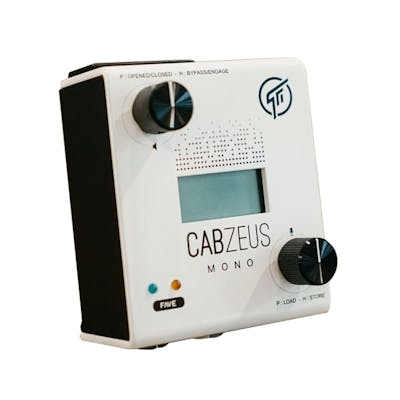

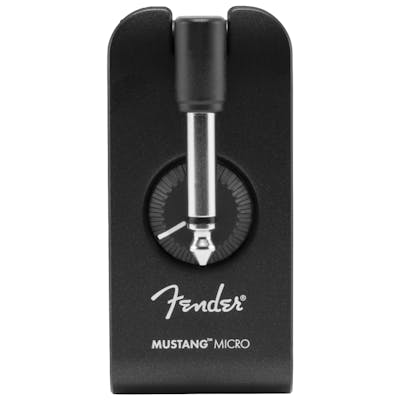


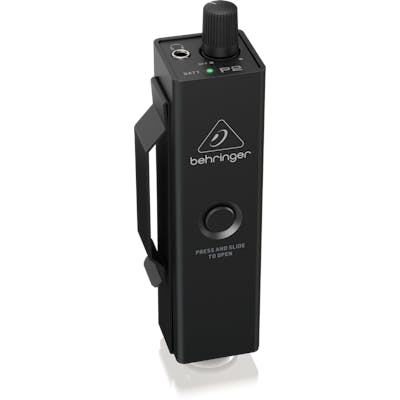
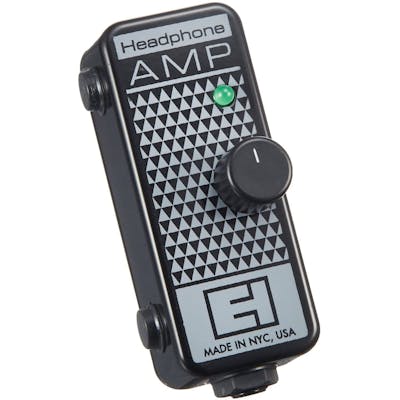
Responses & Questions